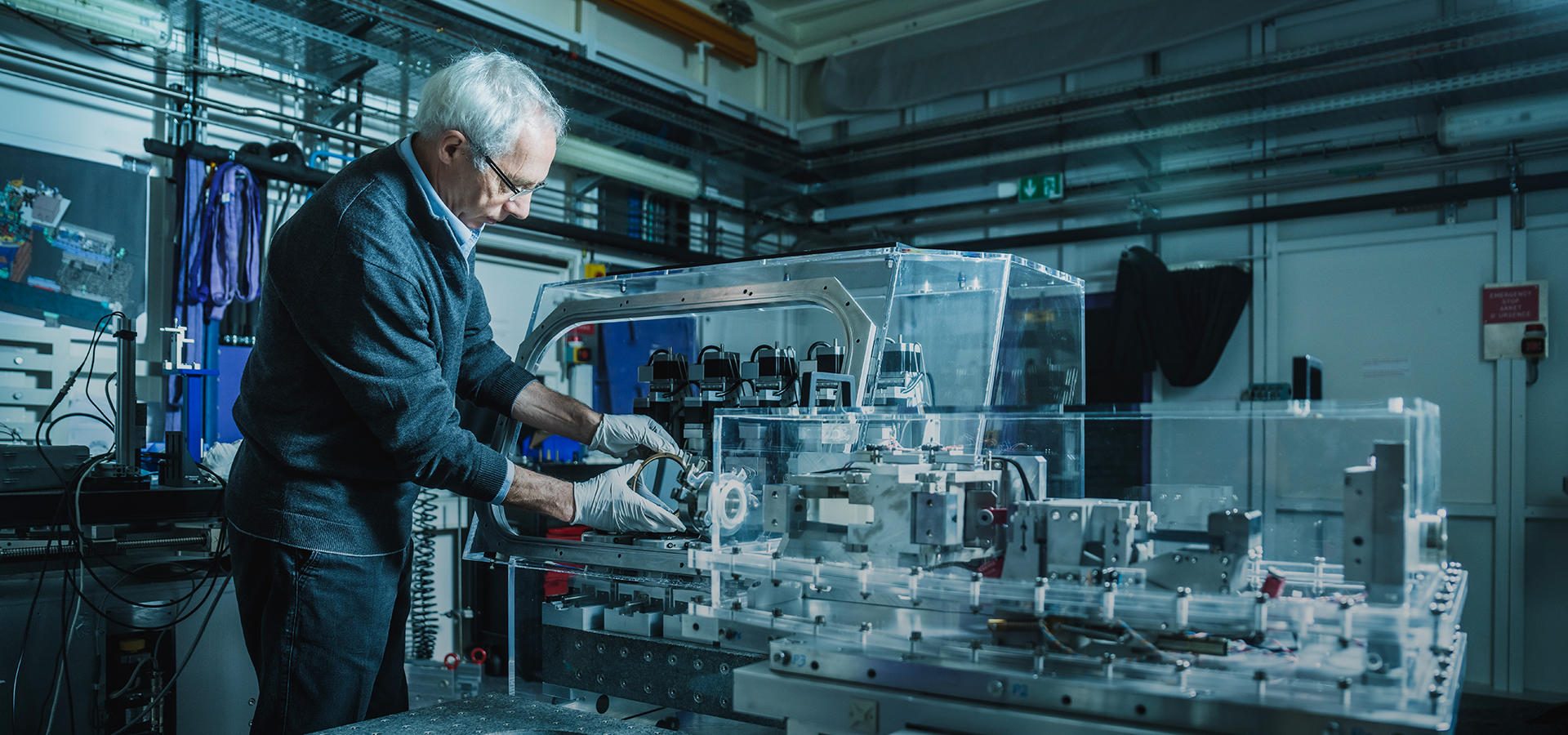Dive 3000-4000 metres below the surface of the oceans and you will discover an abundance of Rare Earth Elements (REEs) and trace metals, which are widely used in high-tech applications, such as mobile phones and solar panels. We do not know much about the chemical forms and the enrichment processes that these elements go through, despite their importance in technology. In my ERC Advanced Grant, I want to find out the geochemical processes that occur on the seafloor and that create a rich environment of precious elements.
The grant will split into different subjects: how REEs are taken up in apatite-bearing sediments below the seafloor and how ferromanganese crusts and nodules, with their strong oxidative properties, lead to the enrichment of metals.
The grant will also help to put together the history of our planet. By characterising the ferromanganese crusts, which grow in the range of a few millimeters per million years and can be as old as 50-70 million years, we will be able to characterise changes in the seawater chemistry in the past and to track down ancient catastrophic geological events, such as devastating submarine volcanic eruptions.
For me it was clear that the ESRF should be the host institution of the ERC grant, as it has the best tools yet available to peer into the chemical and structural complexity of environmental materials.
I started working with the ESRF when the facility was starting up, back in the early 90s. My goal was to establish a long-term collaboration with the scientists at the ESRF to develop cutting-edge instruments for Earth and environmental sciences. This was achieved by leading several French and European research projects. For example, I contributed to a big part of funding for the construction of the French Collaborating Research Group beamline FAME, which is largely used by geoscientists. Later on, I got funding for the construction of the new beamline FAME-UHD through the EcoX grant. I also provided funding for a new tender-energy spectrometer on ID26 and a mobile high-reflectivity X-ray emission spectrometer, initially on BM23 and now moved to the new ID24-DCM where I will carry out my ERC project.
Thanks to this spectrometer and to the capabilities of the EBS, we will gain a factor of at least 100 in detection limit and unprecedented sensitivity and precision. Our joint expertise will establish a world-leading research program in geoscience on ID24-DCM that will benefit the European community and beyond.
DEEP-SEE- Grant No. 101052913
Fathoming Sequestration and Enrichment of metals in DEEP marine deposits with novel micro X-ray emission spectroscopy

